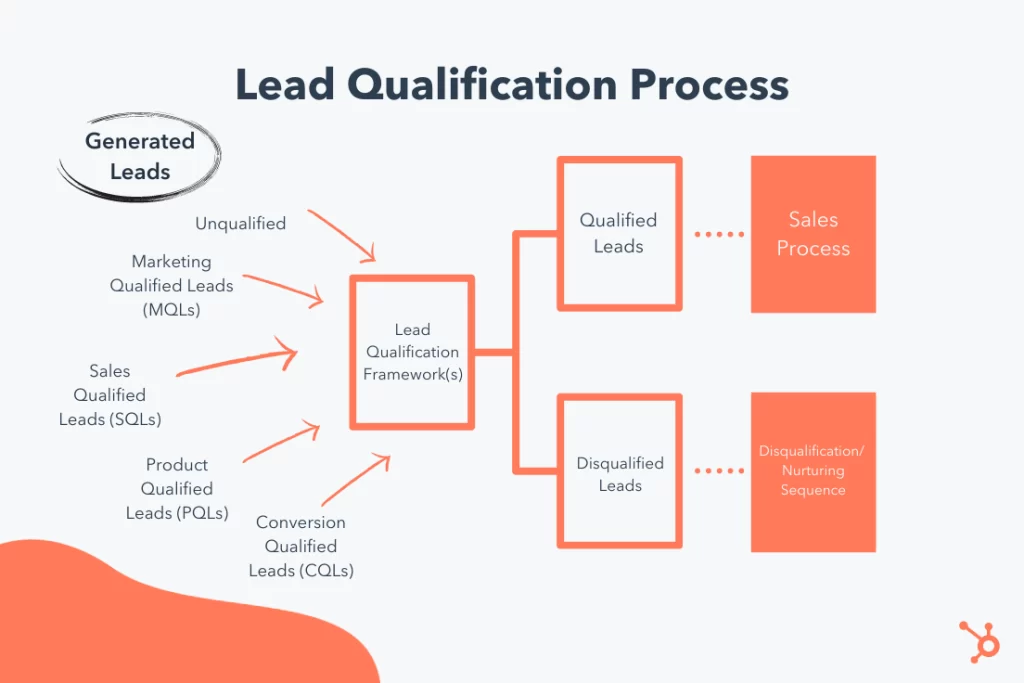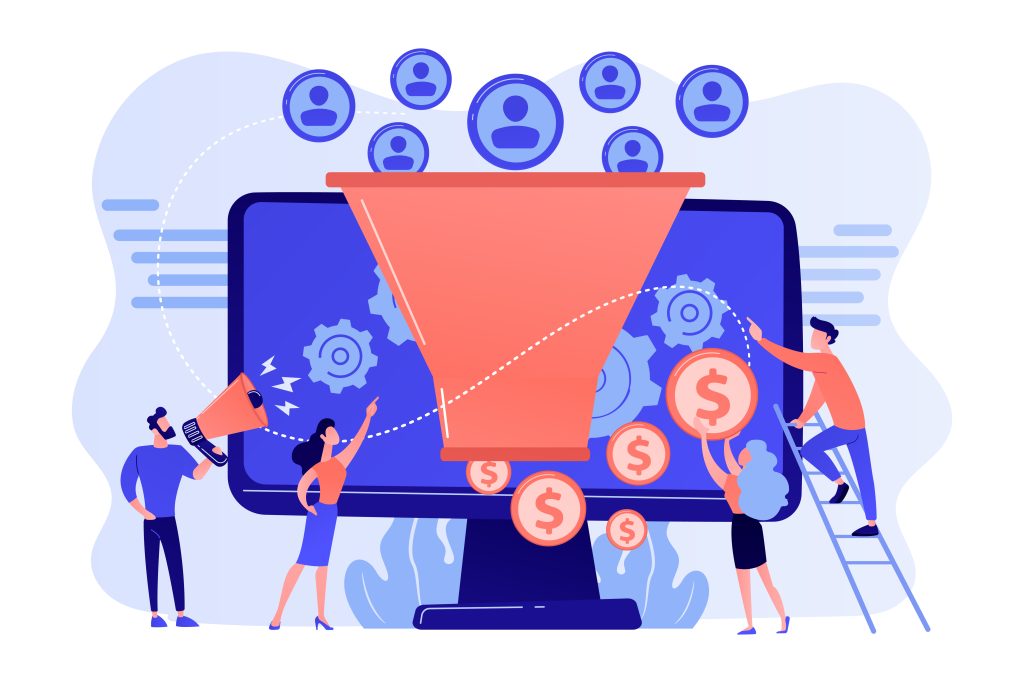We have previously covered the definition of leads and why we should care about generating them (see article). So, in today’s article we will explore in more detail the lead qualification process.
Nowadays the process of acquiring new customers is more complex because there is a greater diversity of information available about the service and/or product they want to purchase. Thus, this process requires a greater effort by the Marketing and Sales teams to convert interested/visitors into leads and, subsequently, into customers.
The Lead Qualification Process
The qualification of leads refers to the process of identifying the leads that most identify with our product/service and that, therefore, are closest to closing a deal. This process is fundamental since it allows us to make our sales more efficient, focusing on who can really become our customer.
Here are two additional reasons why lead qualification is important:
- You can learn more about your customers’ challenges and thus offer a more personalized solution tailored to their needs;
- You can ensure that most of your commercial activity has a positive impact on your revenue;
The lead qualification process starts with a set of leads generated by your marketing and sales teams, but also through your website and social networks, and we can distinguish five types of leads:
- Unqualified Leads: these leads have not yet been nurtured enough in the sales funnel to move on to the sales team;
- Marketing qualified Leads: these leads are ready to receive marketing communications such as email-marketing campaigns, content offerings, and more;
- Leads qualified Leads: these leads are ready to be forwarded to your sales team and start the sales process.
- Product Qualified Leads: these leads have a strong interest in your product, starting, for example, by subscribing to the free trial version of it;
- Conversion qualified Leads: these are the leads that are converted on your website.
From the identification of these leads, the qualification of the leads begins, where they will be divided into qualified leads – that pass to the sales department – and in non-qualified leads – that continue in the nurturing process by the Marketing department, with the objective of, in the future, being ready for the purchase.

How to distinguish a qualified lead from an unqualified lead?
The qualification of your leads always depends on your business and your goals. However, there are a set of standard questions that help you qualify your leads such as:
- Where does this product/service rank on your list of business priorities?
- What challenges does this product/service help you solve?
- What is your budget for this product/service?
Other aspects you can use in the process of qualifying your leads:
- Matching the lead to your persona – the persona you have defined for your business represents your ideal customer. If your lead does not match this persona, it will be better classified as a disqualified lead;
- What exactly is the lead’s pain? – If the lead doesn’t admittedly have a problem, there is no need to present a solution.
- Is your lead aware of the strategic business objectives? – if the lead has no answer to this question, it is a sign that the lead is not ready to buy.
Disqualifying leads, while difficult for many, is an essential process to optimize your salespeople’s time and focus only on customers with high buying potential. In the end, quality is more important than quantity!
Learn more about our work in the area of Inbound Sales.
Source: https://blog.hubspot.com/sales/ultimate-guide-to-sales-qualification
